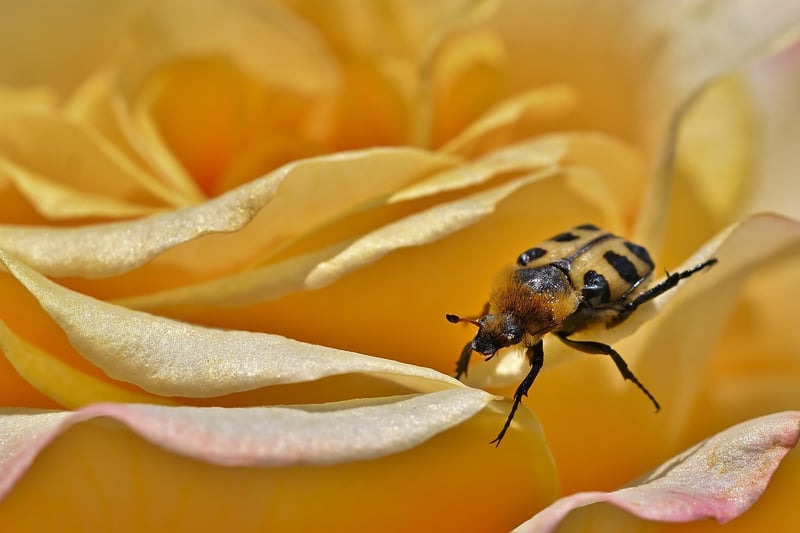Light Requirements
Keeping Your Garden Healthy: Understanding Light Requirements

Creating and maintaining a healthy garden requires knowledge and attention to various factors. One crucial aspect to consider is the light requirements of your plants. Understanding how much sunlight different plants need can help you optimize your garden's growth and overall health.
Why Light is Important
Light is essential for the process of photosynthesis, where plants convert light energy into sugars to fuel their growth. Insufficient light can lead to stunted growth, poor flowering, and overall weak plants. On the other hand, too much direct sunlight can cause sunburn and other issues.
Types of Light
There are generally three types of light conditions that you need to consider for your garden:
- Full Sun: Plants that require full sun need at least 6 hours of direct sunlight per day.
- Partial Sun/Partial Shade: These plants thrive with 3-6 hours of sunlight per day.
- Full Shade: Plants that prefer full shade should receive less than 3 hours of direct sunlight each day.
Choosing the Right Plants
Before selecting plants for your garden, consider the light conditions in your outdoor space. Some plants, like tomatoes and roses, require full sun to thrive and produce fruit or flowers. Others, such as ferns and hostas, prefer shaded areas. By matching the light requirements of plants to your garden's conditions, you can set them up for success.
Monitoring Light Levels
It's essential to monitor the light levels in your garden throughout the day and across the seasons. Observe how the sunlight moves across your garden and adjust plant placement as needed. Using tools like a sun calculator can help you determine the best spots for different types of plants.
Conclusion
By understanding the light requirements of your plants and ensuring they receive the appropriate amount of sunlight, you can promote a healthy and thriving garden. Paying attention to this crucial factor will help you enjoy a beautiful outdoor space filled with flourishing plants.
Remember, each plant is unique, so be sure to research the specific light needs of the plants you choose to cultivate in your garden.
References: Gardening Know How, The Old Farmer's Almanac
